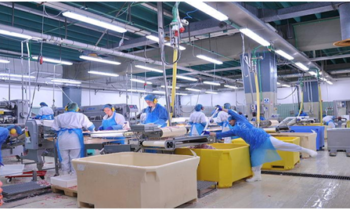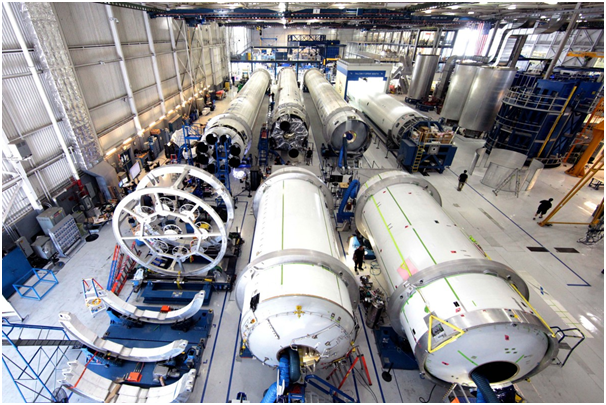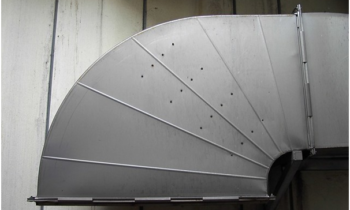What to look for in a commercial kitchen
Arguably, one of the fundamental features of any commercial kitchen, whether you have just started a small business or you run a successful chain, is the oven. There are different factors to keep in mind to ensure you get the most effective and suitable option for your needs.

The different types of oven
Commercial ovens can generally be divided into 8 different types.
An oven range will have a large internal area for cooking, plus electric or gas hobs.
Convection ovens utilize fans for quicker cooking and less shrinkage of meat, and they’re less bulky than an oven range. If you’re really short on space, a combination of the oven is versatile and multi-talented.
Conveyor ovens are ideal for quick cooking in large volumes, providing foods fit the smaller 3-5″ opening. For the best thin crust pizza results, deck ovens with a stone base are often preferred. When it comes to large quantities of potatoes, a separate potato oven is an ideal solution.
The traditional 1970s cook and hold oven is still widely used, as it produces mouth-wateringly tender meat, and gives the ability to leave foods without them overcooking, making them useful for carveries and canteens.
To get a delicious BBQ flavor indoors for the likes of steak and vegetables, charcoal ovens cook with greater heat and require no gas or electricity.

Meanwhile, steaming ovens can quickly cook things like rice, vegetables, and fish, while locking in nutrients and preventing shrinkage, though they can’t brown or crisp foods.
For a range of commercial ovens to suit every need, choose a quality supplier that won’t break the bank.
Health and safety
The HSE details the regulations that need to be followed regarding adequate ventilation and gas safety: http://www.hse.gov.uk/pubns/cais10.htm. You’ll want to consider a means of extraction, such as canopies and extraction filters, for smoke and grease. This will help with the heat in your kitchen as well. The last thing you want is to be stood freezing cold, trying to work as it won’t be productive. If this is the case a column radiators company found at links like https://apolloradiators.co.uk/designer-radiators/roma-horizontal-steel-column-radiator could help you install proper radiators in the right places.
Check your requirements
Size is a crucial consideration, as the oven needs to fit in your kitchen, but it also needs to have a suitable internal capacity for your needs. Ensure you have the connections required depending on whether the oven runs on electricity, charcoal or gas. Some ovens may also need water, so when you’re measuring up for an oven, keep in mind the ability to connect to a water source.























